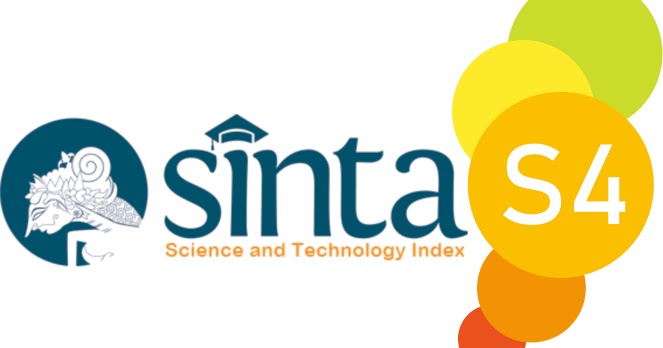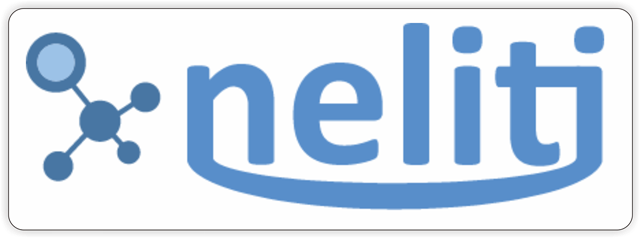PROFIL PENDUDUK MISKIN DI DESA – DESA PESISIR NUSA PENIDA, KABUPATEN KLUNGKUNG
Abstract
Profile of the Poor in the Nusa Penida Coastal Villages, Klungkung Regency. Klungkung district has the highest percentage of poor people after Jembrana Regency in Bali Nusa Penida (Part of Klungkung Regency) is contributing almost half of the poor (48.8 %). Nusa Penida as coastal regions (Coastal Zone) is an area that has the characteristics as well as unique and complex problems. Therefore, this study aims to obtain a picture of the poverty profile of the coastal villages of the Nusa Penida, views of economic and non-economic aspects that will be composed primarily of regional development policies in the poverty reduction efforts. This study uses data collection methods, namely the method of literature or recording documents, interviews, and observation. Analysis method used is descriptive, meaning that explains the figures contained in a table, and then do the interpretation related to the discussion in this study. Descriptive analysis is also supported by the results of interviews and observations made in this study.
Keywords: poverty, economic aspects, and the non-economic aspects



















